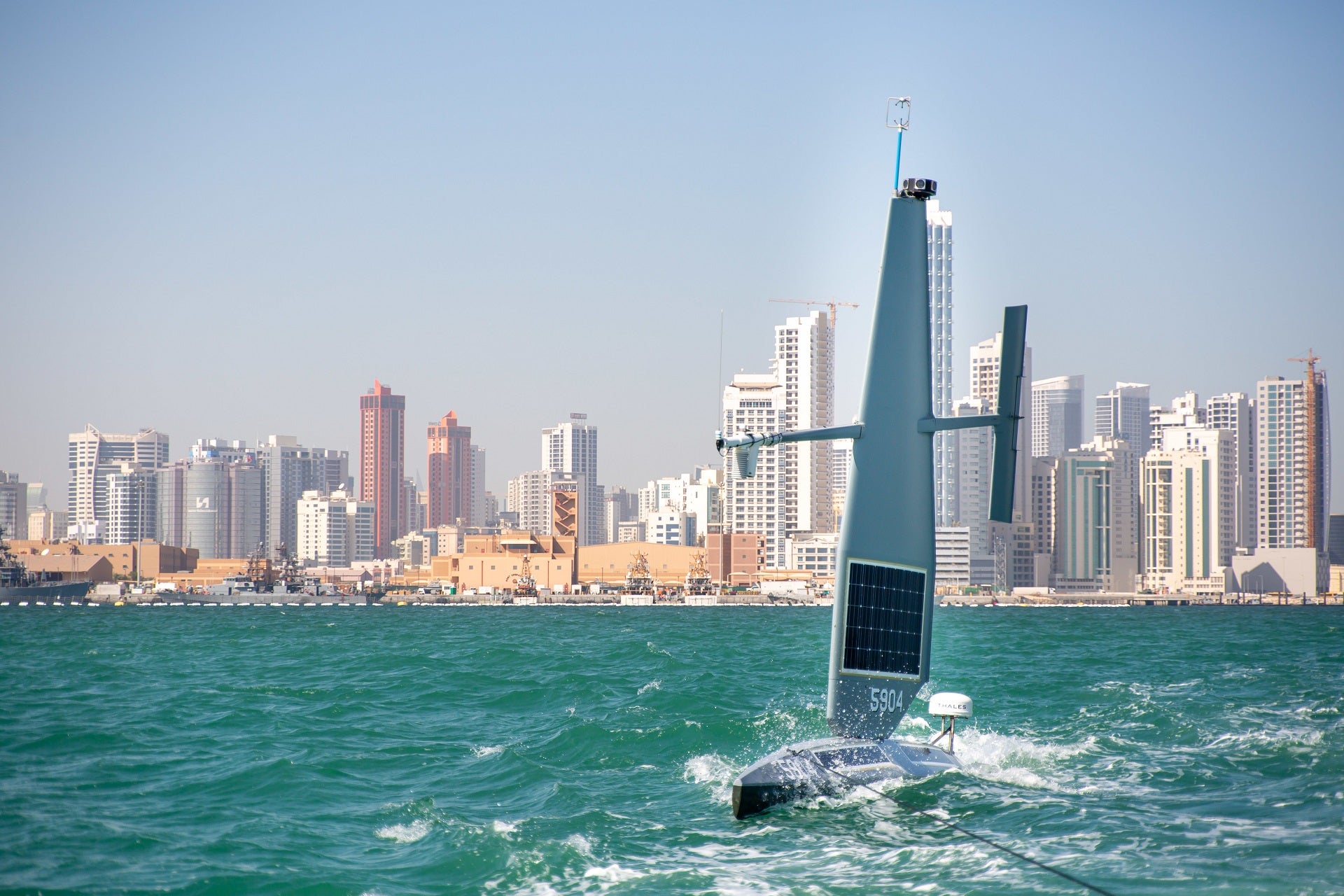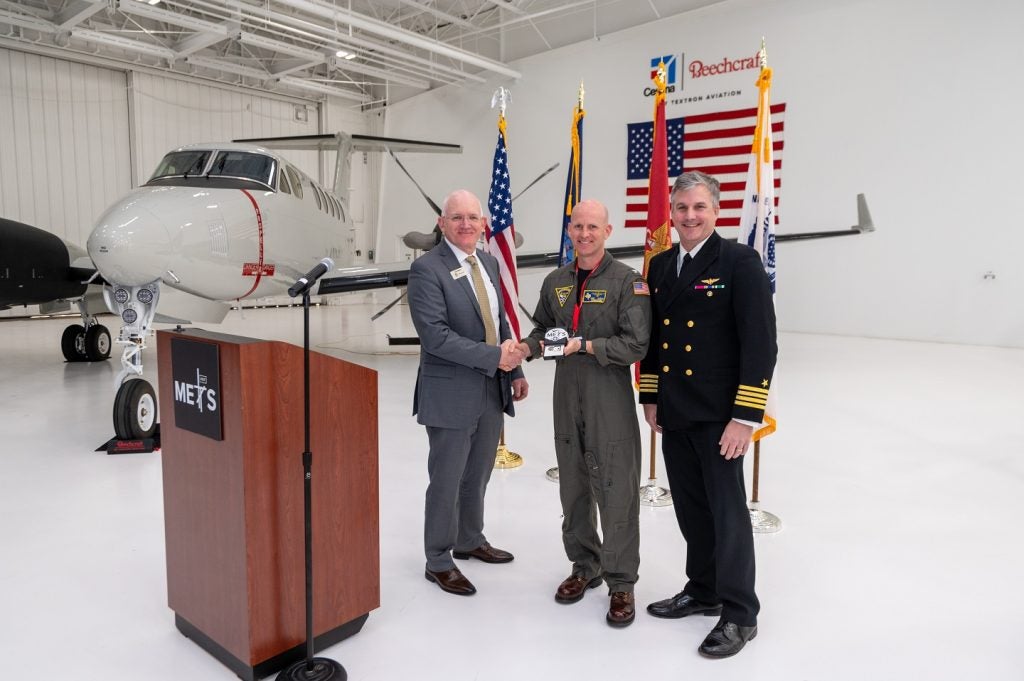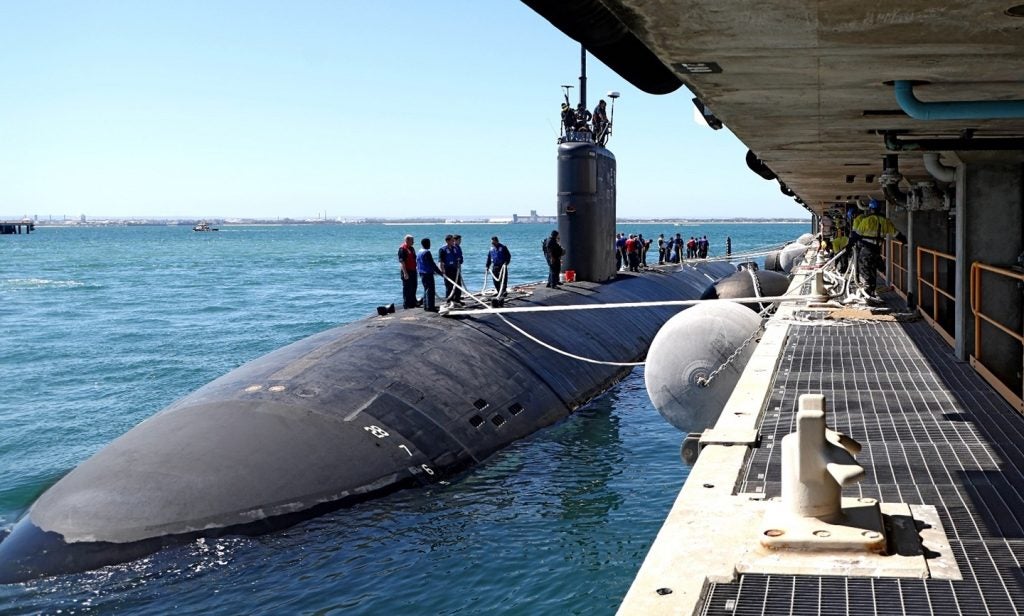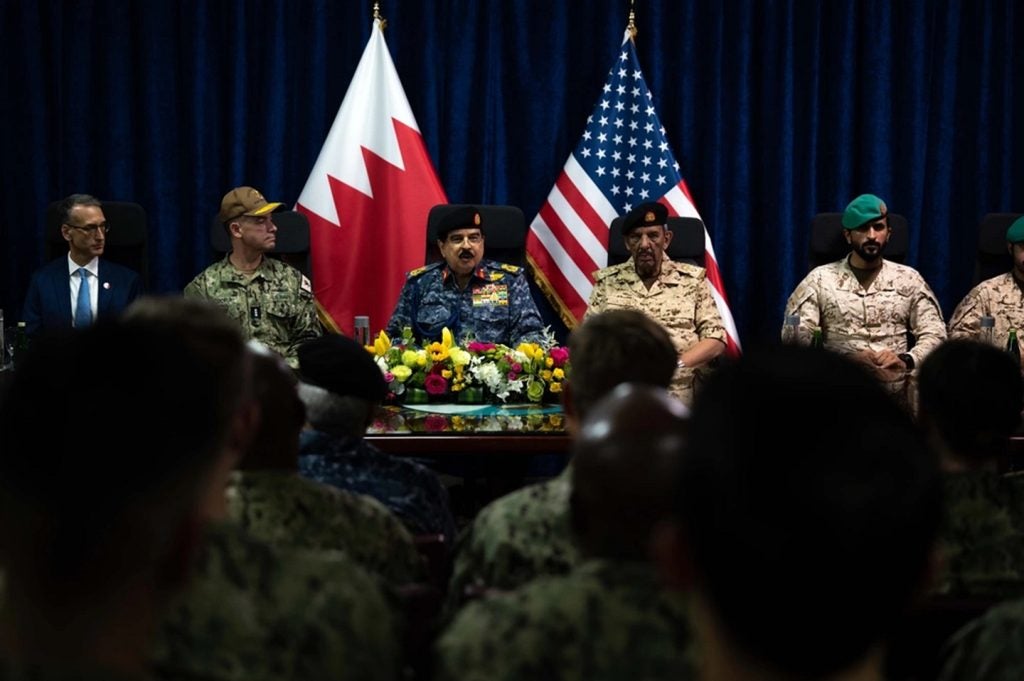
The US Naval Forces Central Command (NAVCENT) has begun operating the Saildrone Explorer unmanned surface vessel (USV) in the Arabian Gulf.
The 23ft-long, 16ft-tall Saildrone USV was launched in the Gulf of Aqaba on 12 December.
It commenced operational testing one month following its launch.
The testing was conducted by NAVCENT’s staff for new unmanned systems and artificial intelligence discovery, Task Force 59, off the coast of Bahrain.
During the testing, which was conducted continuously for more than 30 days at sea, the vessel showcased its performance and endurance in an active maritime setting.
See Also:
Task Force 59 deputy commander, commander Thomas McAndrew said: “The initial Saildrone assessment phase at sea in the Gulf of Aqaba has exceeded our expectations.
How well do you really know your competitors?
Access the most comprehensive Company Profiles on the market, powered by GlobalData. Save hours of research. Gain competitive edge.

Thank you!
Your download email will arrive shortly
Not ready to buy yet? Download a free sample
We are confident about the unique quality of our Company Profiles. However, we want you to make the most beneficial decision for your business, so we offer a free sample that you can download by submitting the below form
By GlobalData“We are applying the results and rapidly expanding operations.”
The Saildrone Explorer USV, which depends on wind power for propulsion, features a package of solar-powered sensors to provide a view of the surrounding seas.
Since its launch in September 2021, Task Force 59 is conducting at-sea evaluations of the new Devil Ray T-38 and Mantas T-12 USVs off the coast of Bahrain.
The assessments of the new unmanned systems are intended to help drive integration into US 5th Fleet.
It come ahead of the planned International Maritime Exercise (IMX) 2022.
Scheduled in February, IMX will see participation of unmanned systems from allied nations. This would make the exercise the largest of its kind in the world.
McAndrew added: “The interest and support from our partners has grown exponentially as we collectively learn from operational testing.
“We are mutually benefiting from these systems, and the creativity and new use cases can only come from our experience in the water.”







